Our Casuarina Tree is a poem by Toru Dutt which is about the Casuarina tree that grew in the poetess’ courtyard and her memories associated with it.
Our Casuarina Tree: Summary
The poetess writes this in reminiscence of the Casuarina tree that grew in the courtyard of her childhood home. The poem opens with a description of the tree, tall enough to make it seem like it touches the stars, strong enough to continue growing despite scars on its trunk and despite all this it provides support to a creeper. And yet she gives it the air of a gentleman when she describes how the tree is forever adorned with flowers and birds and bees. Thus we see the tree in her childhood was not only as a paragon of strength but gentle and loved by the birds and bees.
She goes on to tell us about the mornings in her childhood when she would wake up to the sight of the Casuarina Tree.
Come summer or winter, her morning would remain incomplete without the sight of the Casuarina tree, often with a baboon sitting on its crest. She then paints a serene picture of the morning with the kokilas singing, the cows on the pasture and the water lilies in the spring. However, the figure of the Casuarina tree stands central in this picture, as it does in the morning and even in the life of the poetess.
In the third stanza, the poetess tells us why she holds the Casuarina tree dear. It is not just the magnificence of the tree that drew her to it, but there was an emotional bond to the tree as well. It was under the shade of the tree that she and her friends played as children. Whenever she saw the Casuarina tree she was reminded of her childhood and the time she spent with her friends. She held her childhood friends in great regard and the tree was a symbol of the experiences they had. It was for this very reason that she loved the Casuarina tree and would remember her friends whenever she thought of it.
The poetess, in the fourth stanza, also talks of how the “lament” of the tree can be heard by her even when she is far away, off the coasts of France and Italy. She hears this song whenever she’s near the coasts, strolling under the moonlight, and is reminded of the Casuarina tree. We may infer that in her moments of peace and calm her memory jogs back to her childhood which is inextricably linked with the Casuarina tree and she draws up a mental image of the tree as it existed in its prime, in her childhood. Here we can see that the Casuarina tree is not only an integral part of her childhood and a symbol of her friendship with her childhood friends, it is the only thing which has remained static. Each and every one of her friends have moved on, including her, yet the Casuarina tree remains as it is. It is the only thing that stands as a monument to their friendship.
Therefore, in the last stanza, she says she would gladly create a monument in the honour of the tree, for that is how much the tree is beloved to her. She also wishes that the tree grows for years to come and be counted in the list of the deathless trees of Borrowdale, which sheltered death and even time. She finally wishes that her love become so strong that it saves the Casuarina tree from its demise.
This poem consists of five stanzas of eleven lines each. The rhyme scheme is abba. The poem, though written in 1881, it is written in plain English and is easy to understand.
Our Casuarina Tree: Title
The title of the poem, i.e., Our Casuarina Tree refers to the Casuarina tree that grew in the garden of the poetess. the tree is a fond memory of her distant childhood on which she reminisces.
Our Casuarina Tree: Setting
The poem is set when the poetess is abroad somewhere on the coast of France or Italy and is reminiscing about her childhood spent in her garden, under the Casuarina tree, playing with her friends and brothers.
Our Casuarina Tree: Tone
The tone of the poem is one of remembrance and reminiscence. The poetess remembers her childhood spent underneath the shade of the Casuarina tree as she played with her friends. She misses her friends and misses the tree and her home where she grew up.
Our Casuarina Tree: Theme
The theme of “Our Casuarina Tree” is about lasting friendships and lost childhood. While on the surface it seems like the poem is only about the Casuarina tree, it is more about her friendship with her childhood friends which she dearly misses. The Casuarina tree is a symbol of their friendship and thus she writes an ode to it.
Our Casuarina Tree: Title
The title of the poem is “Our Casuarina Tree.” The Casuarina tree here is symbolic. It was the tree under which the poetess and her friends played in their childhood. Thus it holds a special place in the poetess’ heart. Even when all of them went their separate ways, the Casuarina tree stayed as it was. It became the symbol of their everlasting friendship and thus became dearer in the eyes of the poetess.
This was the Our Casuarina Tree: Summary by Toru Dutt. I hope this answers your queries.
Some online learning platforms provide certifications, while others are designed to simply grow your skills in your personal and professional life. Including Masterclass and Coursera, here are our recommendations for the best online learning platforms you can sign up for today.
The 7 Best Online Learning Platforms of 2022
- Best Overall: Coursera
- Best for Niche Topics: Udemy
- Best for Creative Fields: Skillshare
- Best for Celebrity Lessons: MasterClass
- Best for STEM: EdX
- Best for Career Building: Udacity
- Best for Data Learning: Pluralsight

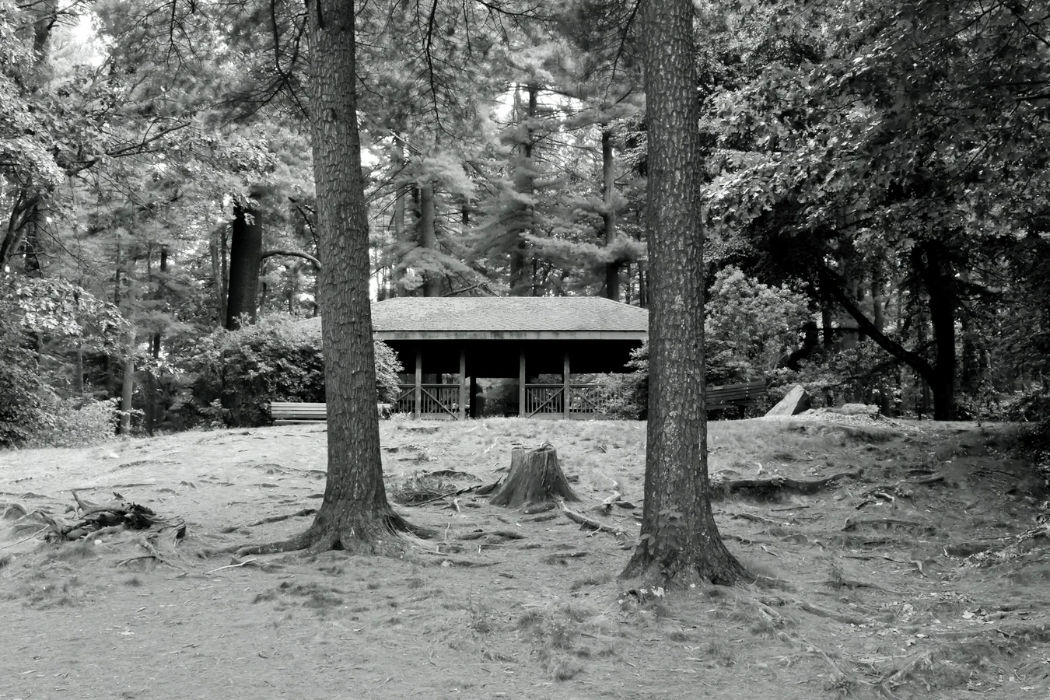

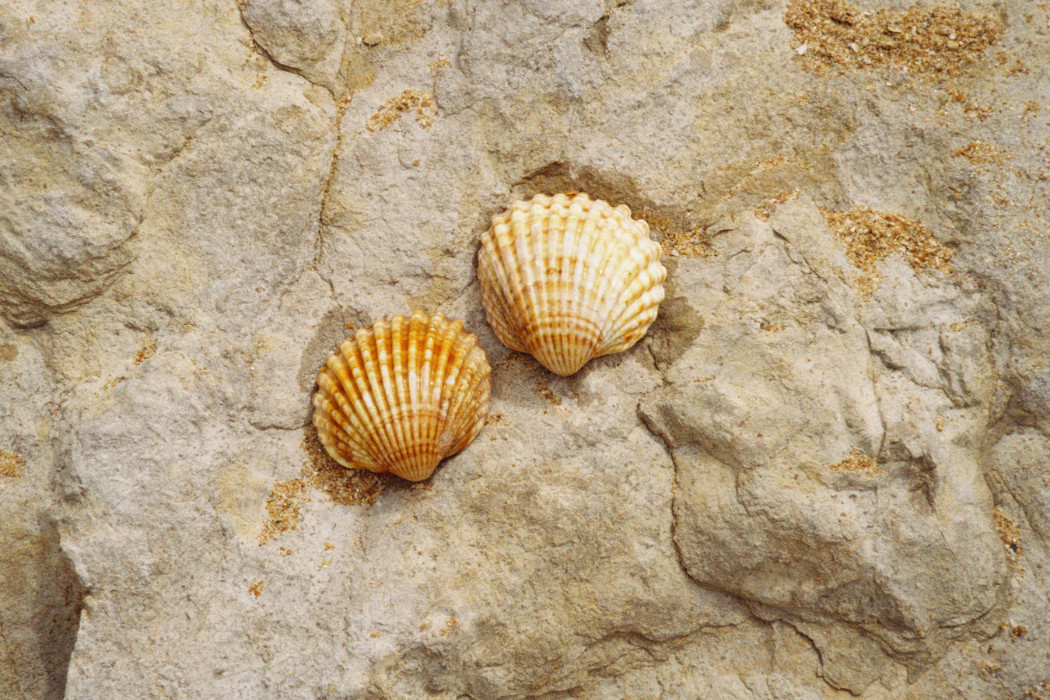
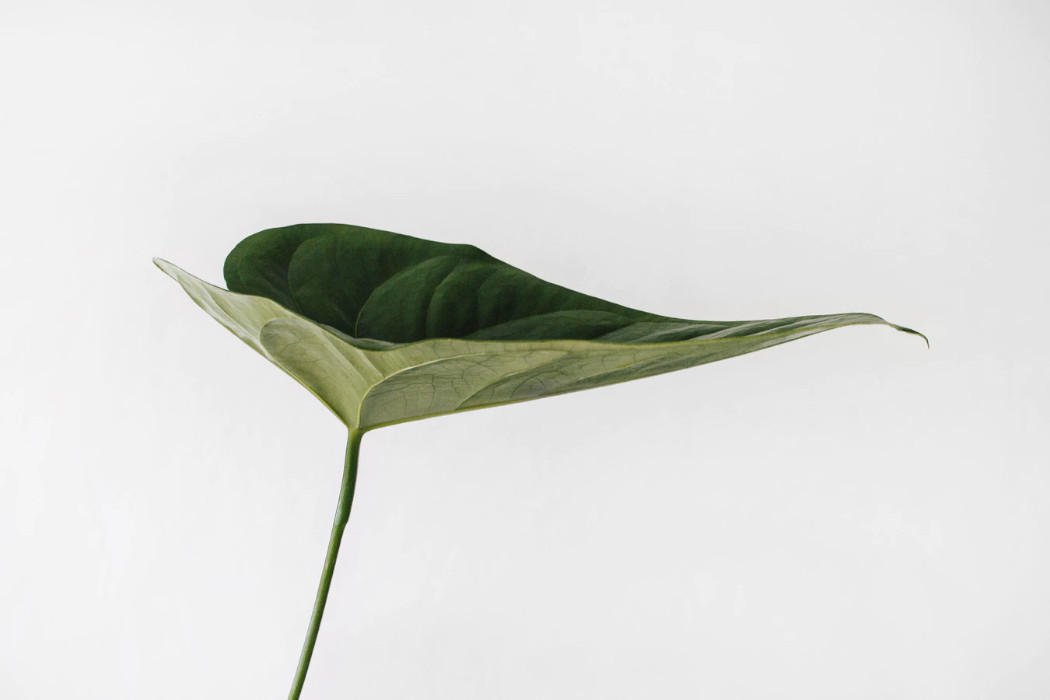
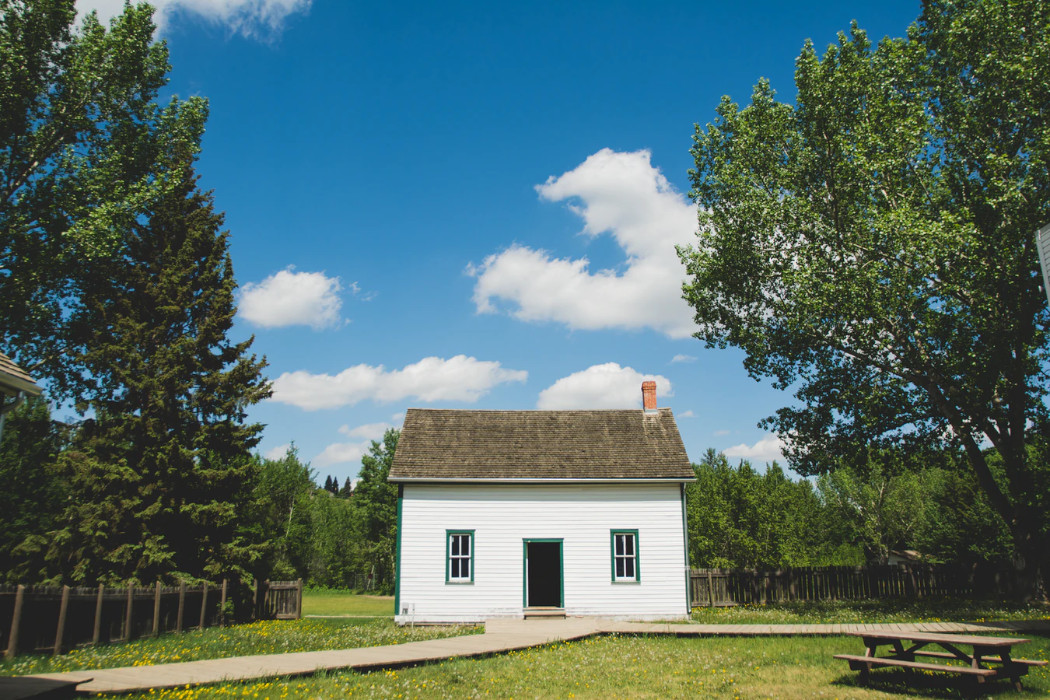

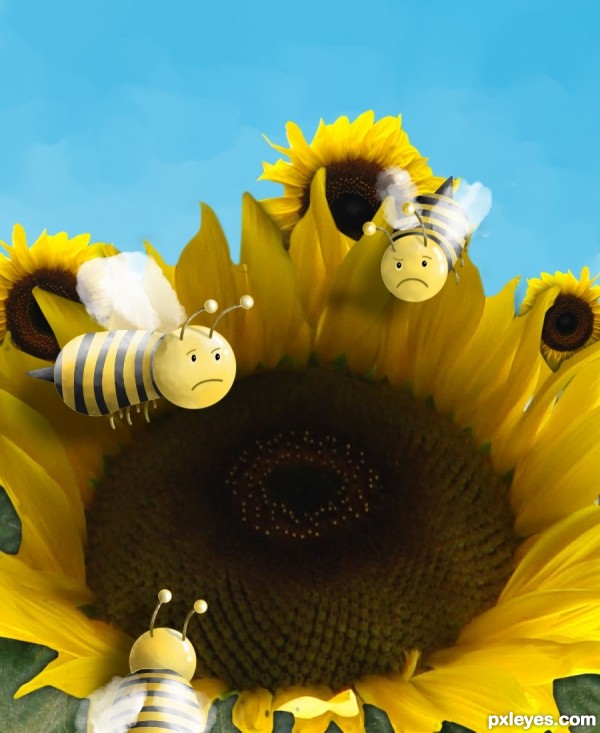



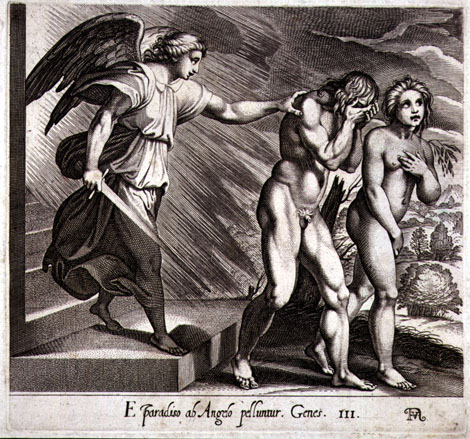





In the poem, the poet does not misses her FRIENDS, but she misses her SIBBLINGS..!
Exactly. The reference of her memories is associated with her siblings who passed away.
Toru Dutt mentioned about her siblings who died at a very early age not about friends who move on each year.
Toru dutt wrote the poem in memory of her siblings who died at a very early stage of their lives not about friends who moved on.